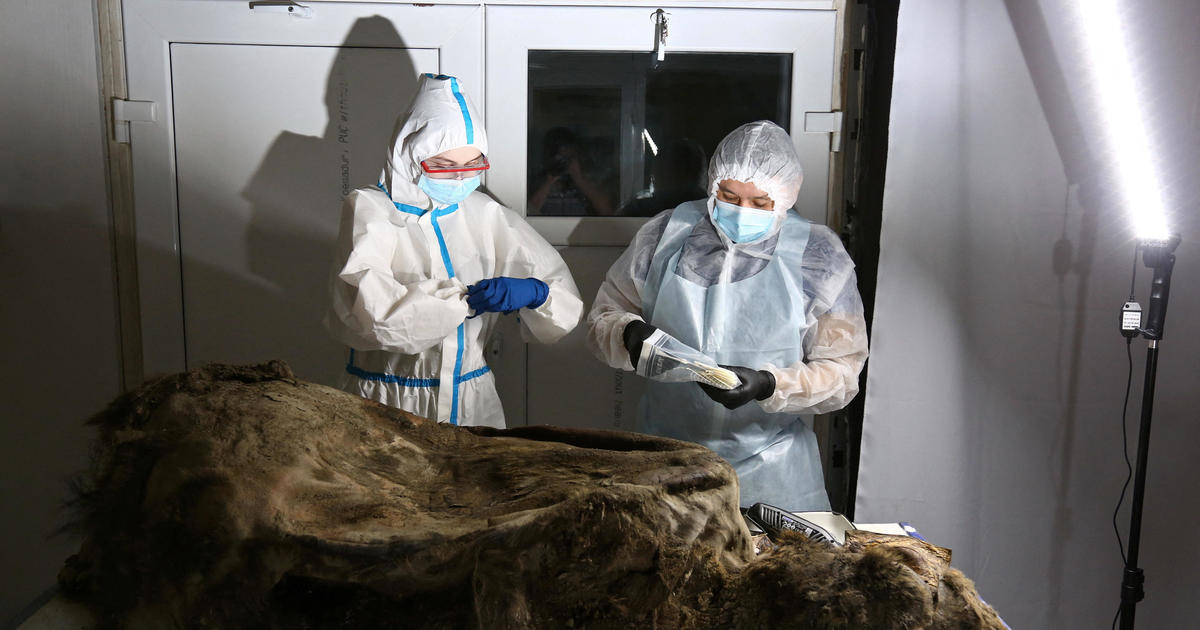An ancient bear was found melted out of Siberian permafrost. Scientists hope a necropsy will be a

Melting Siberia permafrost recently revealed an ancient brown bear that roamed the Earth centuries before the common era. Now, researchers are cutting the bear open in hopes of achieving a “breakthrough for ancient animal study.”
Maksim Cherpasov, senior researcher at the Mammoth Laboratory Museum of Russia’s North-Eastern University, told ReutersLINK? that deer herders found the bear’s remains melting out of permafrost on Bolshoi Lyakhovsky Island about 5 miles from the Bolshoi Eterikan River. That region is also where the body of a wooly mammoth from 10,000 to 15,000 years ago was found with its blood and tissues preserved a decade ago.
“The fact that the carcass was in the permafrost already suggested that it was a fossilized animal,” he said. “They extracted the body parts that were still in the permafrost from the soil, prepared them for transportation and brought them to a nearby settlement.”
Researchers were amazed by the finding, which was uncovered in 2020, Reuters reported. Cherpasov said it was a totally complete carcass – a rare find among ancient animals.
“This discovery is the only one of its kind in the world,” he said. “…Before that, only bones of the postcranial skeleton or skull had been found. Therefore, for the first time, scientists have got a carcass of such an animal with soft tissues, which has given us the opportunity to study the internal organs and examine the brain.”
Upon investigation, they found that the brown bear is 3,460 years old, meaning it lived more than 1,400 years ago, before the fall of the Egyptian and Roman empires. Reuters reported that researchers determined the bear is female, measuring at more than 5 feet tall and weighing more than 170 pounds.
But they want to know more. Along with nailing down the bear’s exact age, Cherpasov said they are also looking to determine when and how the animal died and how it compares to modern animals, and want to look at the bear’s histology and cells. So far, it appears that the bear was between 2 and 3 years old when it died, seemingly from a spinal injury, Cheprasov told Reuters.
“We have a very extraordinarily importance chance to have autopsy and to get a sample from the ancient brown bear,” South Korean cell researcher Hwang Woo-Suk told Reuters. “I am sure we can start culturing from that samples and hopefully, when we get the live cell, it will be one of historic acheivements, breakthrough for ancient animal study.”
Share this news on your Fb,Twitter and Whatsapp
Times News Network:Latest News Headlines
Times News Network||Health||New York||USA News||Technology||World News
